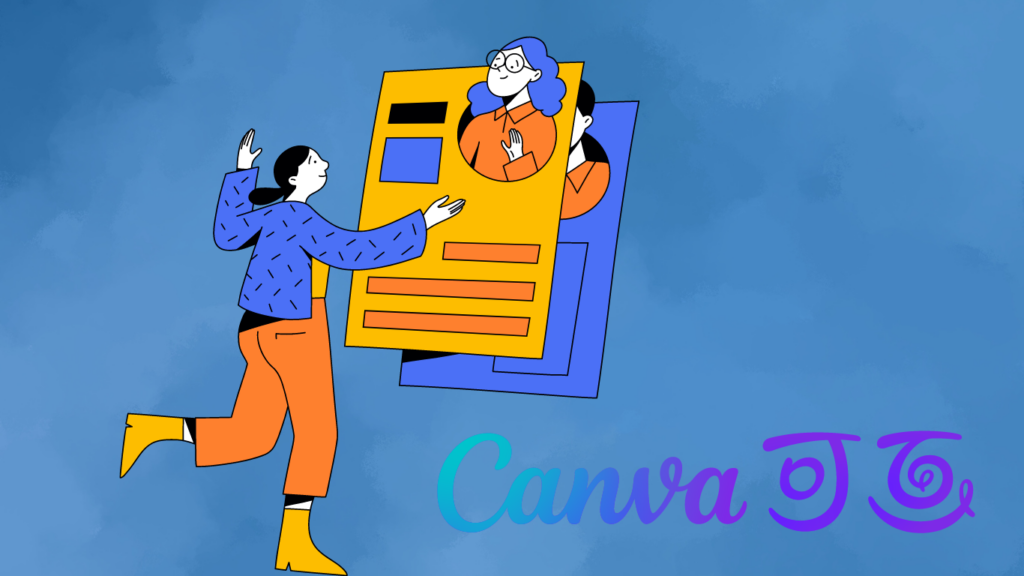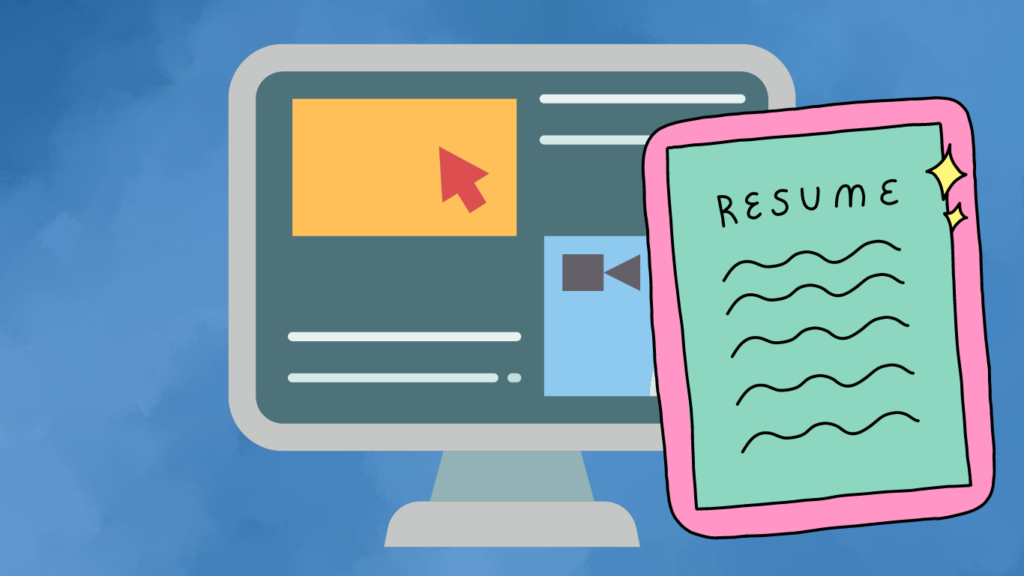In a competitive job market like the UK, where vacancies have steadily declined over recent years, job seekers are adopting novel strategies to differentiate themselves. New technologies, such as generative AI and design platforms, have transformed the way applications are crafted, allowing candidates to move beyond traditional, text-heavy résumés. The days of simple, unadorned documents are fading, replaced by sleek, visually appealing submissions. But there’s a catch—this wave of innovation is leading to a new problem: a growing lack of originality in job applications.
Govind Balakrishnan, Senior Vice President at Adobe Express, has observed that “everyone is dealing with a sea of sameness” as applicants increasingly rely on automated tools to generate content. While AI platforms and digital tools have empowered users to create sophisticated, polished résumés, they have also contributed to a growing homogeneity. Most job seekers are now using preset templates with only minimal customization, making it challenging for recruiters to spot candidates who stand out.

For many applicants, the appeal of these tools lies in their simplicity. Design platforms like Adobe and Canva offer templates that can be quickly tailored with minimal effort. Over 900 million users, for example, created résumés on Canva’s platform last year alone. In a survey conducted by Canva, 39% of hiring managers said their biggest complaint was that résumés included too much text. Duncan Clark, Head of Europe at Canva, highlights a trend toward streamlined, visually compelling documents. He explains that job seekers are now adding portfolio links and other media to enhance their applications, which enables them to present a more holistic view of their skills without overwhelming recruiters with text.
However, even as job seekers turn to these design tools, many are also leveraging generative AI, such as OpenAI’s ChatGPT and Google’s Bard, to build or refine their job applications. According to Canva’s research, nearly 45% of applicants have used AI to enhance their résumés. These chatbots can produce large blocks of text that mimic human writing, making it easy to generate cover letters or tailor résumés to specific job listings. But there’s a downside: this convenience can lead to a wave of nearly identical submissions.
Recruitment platform CEO Khyati Sundaram has noticed a rise in candidates using AI to generate entire responses. “We’re seeing lots more people pasting AI-generated content into their applications, creating a flood of similar structures,” she says. In extreme cases, recruiters are even receiving plagiarized applications that feature nearly identical text from different applicants. This lack of originality is frustrating job seekers who are increasingly being rejected due to the repetitive nature of their applications.

Employers, too, are finding this new dynamic difficult to manage. Neurosight, a company that works with businesses such as Virgin Media and the NHS to create pre-hire assessments, has observed growing concern among employers about AI’s impact on the hiring process. Jamie Betts, Founder and Chief Product Officer at Neurosight, mentions, “There’s anxiety around candidates using AI to fake an image of themselves that doesn’t reflect their true skills or personality.” He believes that candidates will adapt as they face rejections, eventually learning how to use AI tools in a more effective and subtle way. Still, companies remain cautious about the long-term effects of AI on hiring decisions.
The rise of AI-generated content also presents challenges in higher education. Nicky Hutchinson, a careers consultant at the University of Exeter, reports that students have faced repeated rejections after relying too heavily on AI to write their applications. “If everyone uses the same chatbot, the language becomes generic,” she notes. Although AI can be a useful tool for structuring applications or generating prompts, Hutchinson stresses that candidates need to inject their own personalities into their résumés and cover letters. “AI is helpful, but when it does too much for you, it erases your individuality,” she warns.
To stand out in a sea of similar applications, job seekers must strike a balance between technology and personalization. Customizing templates and using AI tools thoughtfully can make an application visually appealing, but candidates still need to showcase their unique strengths. Clark from Canva advises applicants to focus on enhancing visual elements like colors and graphics while ensuring that the content remains impactful. “Don’t sacrifice substance for design,” he says, cautioning that some templates may be visually pleasing but restrict space for essential information.
Tips for Job Seekers:
- Personalize Thoughtfully: Use AI as a starting point, but be sure to revise and personalize your applications to reflect your experiences and qualifications.
- Maintain a Balance: Strive to combine visual appeal with meaningful content. Don’t rely solely on design or AI-generated text.
- Add Your Voice: Customize and inject your own personality into your applications to avoid generic results.
For Employers:
- Refine Your Screening Methods: Introduce tasks or assessments that go beyond résumés to identify candidates with unique skills and experiences.
- Encourage Authenticity: Make it clear to applicants that originality and individuality are valued in your hiring process.
As the use of AI in job applications continues to evolve, both job seekers and employers will need to adapt. The technology offers powerful tools, but overreliance on them can lead to a sea of indistinguishable submissions. The key is balance—using these resources as an aid, not a crutch, while still emphasizing personal strengths and authenticity in every application.

Subtly charming pop culture geek. Amateur analyst. Freelance tv buff. Coffee lover
